I am trying to implement a shadow mapping technique and I have some problems to make it works.
I have a camera in the light's position and this is the shadow map I get. All the vertex have been multiplied by each modelViewProjectionMatrix.

I also have a texture with the world positions of the vertex. It's a GL_RGBA32F texture because all the points have been multiplied by each ModelMatrix to have the points in world space.

And the shader:
layout(binding=5) uniform sampler2D shadowMap;
layout(binding=6) uniform sampler2D positionMap;
in vec2 texcoord;
uniform mat uViewProjectionMatrix;
out vec4 color;
void main() {
vec4 pos = texture(positionMap, texcoord);
vec4 ShadowCoord = uViewProjectionMatrix * pos;
ShadowCoord.xy = ShadowCoord.xy * vec2(0.5,0.5) + vec2(0.5,0.5);
float a = texture(shadowMap, ShadowCoord.xy).z;
color = vec4(a, a, a, 1.0);
}
The output (the camera is almost in the same position of the light):

I am just trying to see if the projection of each vertex is right from the camera's position but looks like it's not. The point of all this is to compare:
if ( texture(shadowMap, ShadowCoord.xy).z < ( ShadowCoord.z-bias ) )
but it also doesn't work.
I would appreciate any help. Thank you.